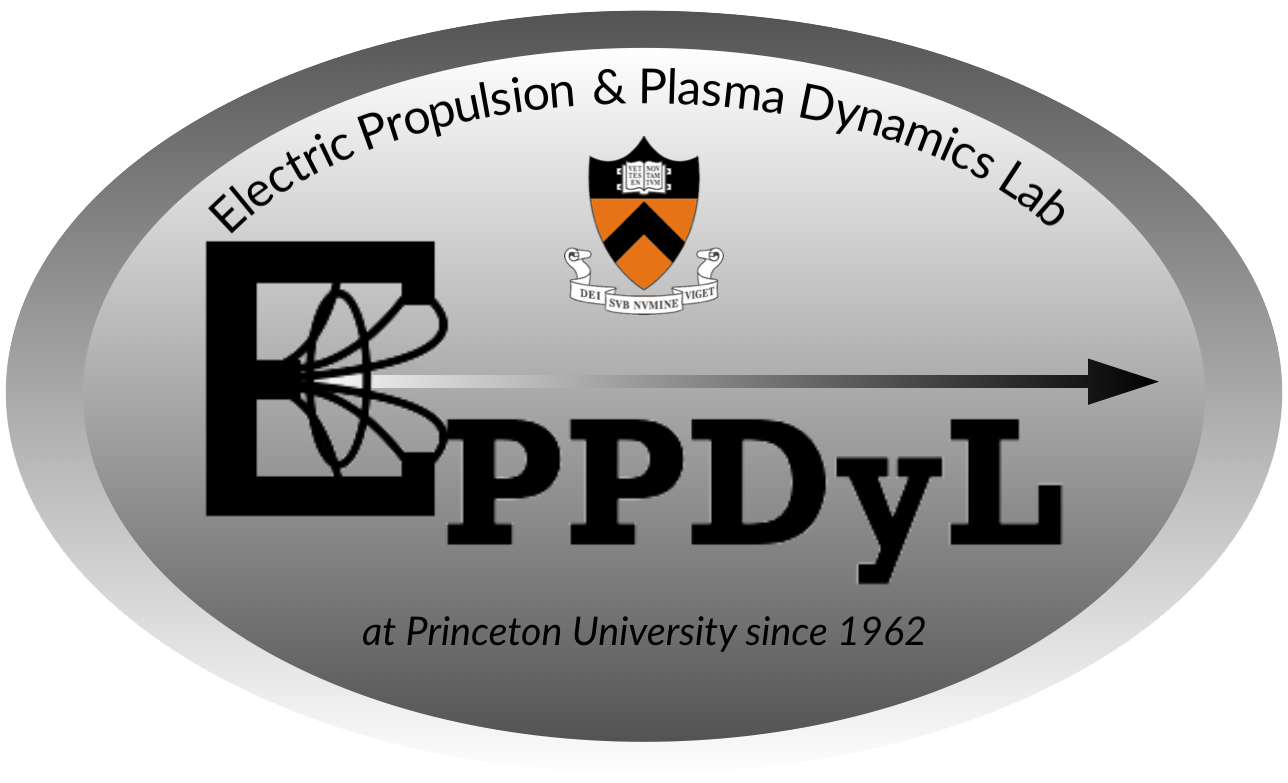CTP-FARAD

Current Sheet Study
Pulsed inductive thrusters utilize a fast-rising current to induce magnetic and electric fields in a propellant to generate current and subsequent acceleration of the propellant via a Lorentz body force due to the interaction of the current with the induced magnetic field. One particular configuration of this concept is the Conical Theta Pinch Faraday Accelerator with Radio-frequency Assisted Discharge (CTP-FARAD). The novelty of this design is the addition of a chamber that ionizes the propellant upstream of the inductive coil. When the current pulse is sent through the coil, a current is induced in the adjacent propellant that evolves much more quickly and with less energy than if there were no pre-ionization. The pre-ionization chamber sits upstream from the inductive coil and is surrounded by a Boswell antenna that is powered by an RF power supply that provides a signal of 13.56 MHz. This signal is very efficient at producing plasma, and is widely used in plasma processing. This experiment can be backfilled or have gas fed upstream from the ionization region. It is valuable to know how the pressure of the propellant in front of the inductive coil and the pulse energy affect the formation of a current sheet as the current sheet is central to the acceleration mechanism of the thruster.

Click here to access an animation that shows the position of the centroid of the current sheet cross section as the current sheet evolves in time. The color scale is in Amps/mm^2. Here is an original version in .avi format.
Relevant Publications
- Current Sheet Formation in a Conical Theta Pinch Faraday Accelerator with Radio-frequency Assisted Discharge - 44th AIAA/ASME/SAE/ASEE Joint Propulsion Conference (2008)
- The Effect of Neutral Density on Current Sheet Formation in a Conical Theta Pinch Faraday Accelerator with Radio-frequency Assisted Discharge - IEPC (2007)
- Faraday Acceleration with Radio-frequency Assisted Discharge (FARAD) - Journal of Propulsion and Power (2006)
- Design Rules for High-Performance FARAD Thrusters - 29th International Electric Propulsion Conference (2005)
- Performance Optimization Criteria for Pulsed Inductive Plasma Acceleration - 41st AIAA/ASME/SAE/ASEE Joint Propulsion Conference (2005)
Contact
Former students:- Ashley Hallock
- Kurt Polzin
